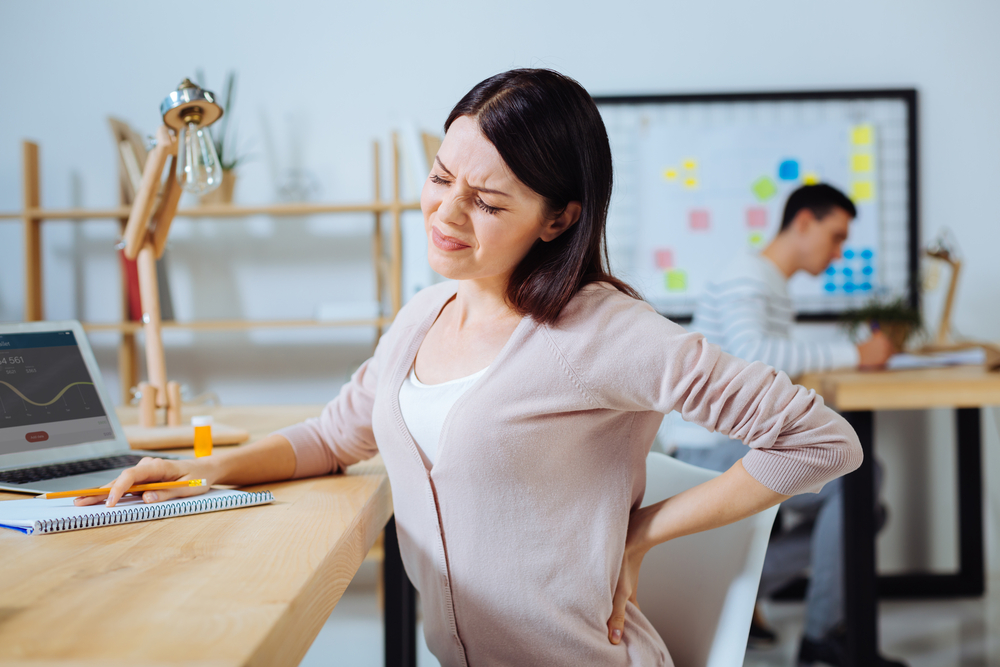Effectively Managing Your Chronic Pain on a Daily Basis
PUBLISHED ON:
May 17, 2019
Pain does have a purpose, although it can be uncomfortable. When pain overstays its welcome, it can alter your quality of life and prevent you from living your best life.
Chronic pain can be debilitating and for patients who have suffered for years with pain and discomfort, they may not be interested in undergoing perhaps another surgery or trying a new pain medication. Patients who have chronic pain just want relief and to restore a sense of normalcy to their lives.
Thanks to extensive research and the evolving field of pain management, there are more options than ever for effectively managing chronic pain on a daily basis, whether at home or on-the-go. Many of these options are natural remedies and can effectively help reduce pain without taking medications.

Ways to Manage Pain on a Daily Basis
1.Hot and Cold Compress
Two tried-and-true methods, these are still a great foundation for relieving pain at home. A cold compress can be used to relieve pain, decrease inflammation, and reduce muscle spasms. Heat increases your pain threshold and relaxes muscles. If a homemade ice or heat pack do not do the trick, ask your physician for advice or variations of this treatment method. They may be able to suggest a device or way to apply heat or ice that penetrates deeper into your muscles.
2. Therapeutic Massages
While massages can be considered an indulgence and be very relaxing, they can also be very helpful to those in pain. Massages work tension out of muscles and joints and relieve stress and anxieties. Massages often produce a “competing” sensation that is more powerful than pain signals and distracts you from the pain you experience.
3. Yoga
Yoga affects all aspects of the body: physical, emotional, spiritual, and vital. The yoga postures (asanas) and breathing aspects (pranayama) affect the psychological system and trigger a “relaxation response” in the neuroendocrine system. What this means is that yoga can decrease metabolism, stabilize blood pressure, reduce muscle tension, and diminish fatigue. Additionally, yoga can help reduce anxiety and stress from coping with chronic pain.
4. Biofeedback
Biofeedback combines relaxation techniques with breathing exercises in conjunction with a biofeedback machine. This machine creates data from heart rate and blood pressure into visuals like a graph or animation. Watching that animation gives you a sense of control over your body’s responses to pain.
5. Acupressure
Acupressure is based on the traditional Chinese medicine of acupuncture. This is done by applying pressure to specific places to your body, called acupoints. Creating pressure on these points can help release muscle tension, promote blood circulation, and relieve pain.
PUBLISHED ON:
May 17, 2019


